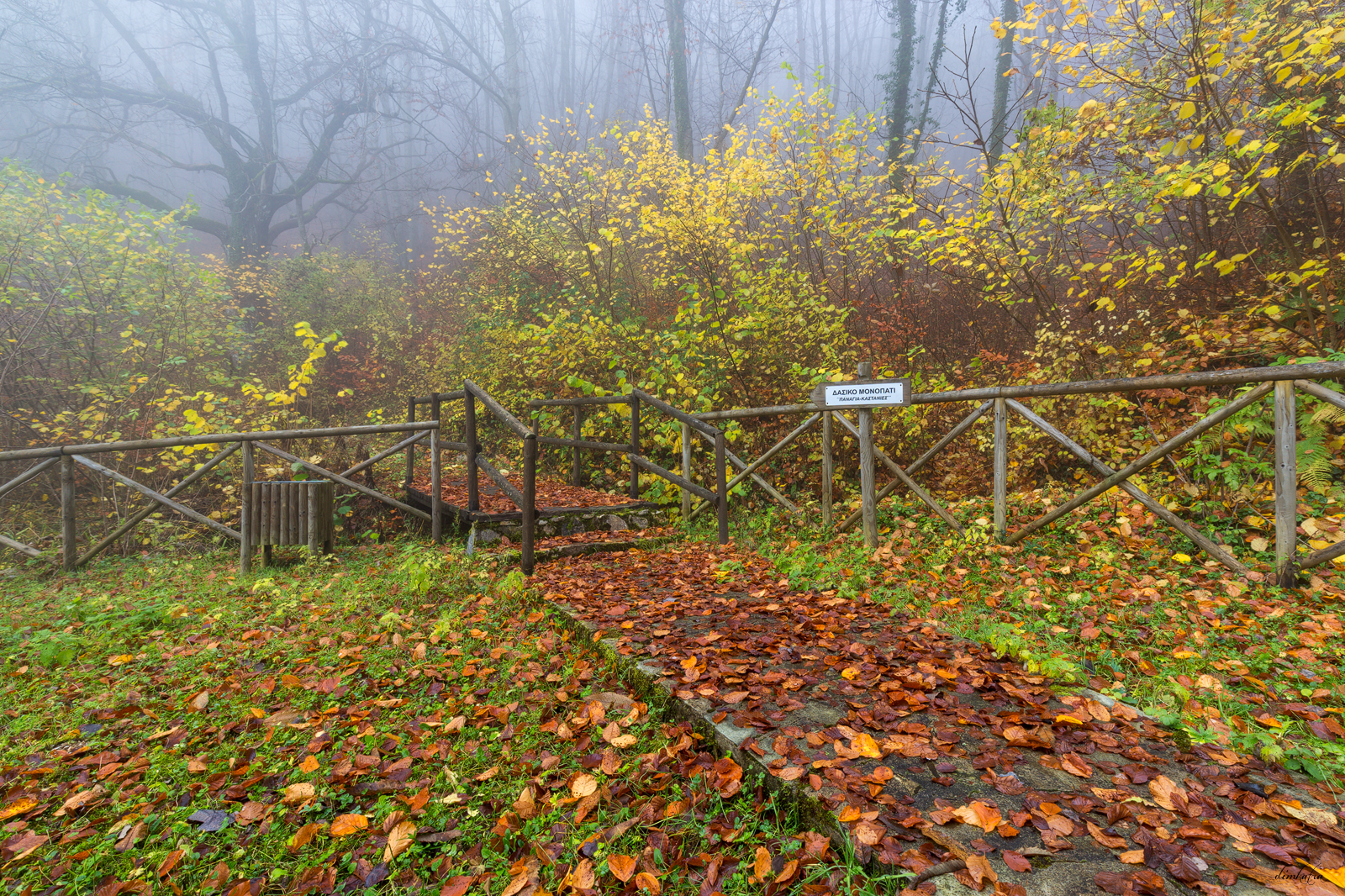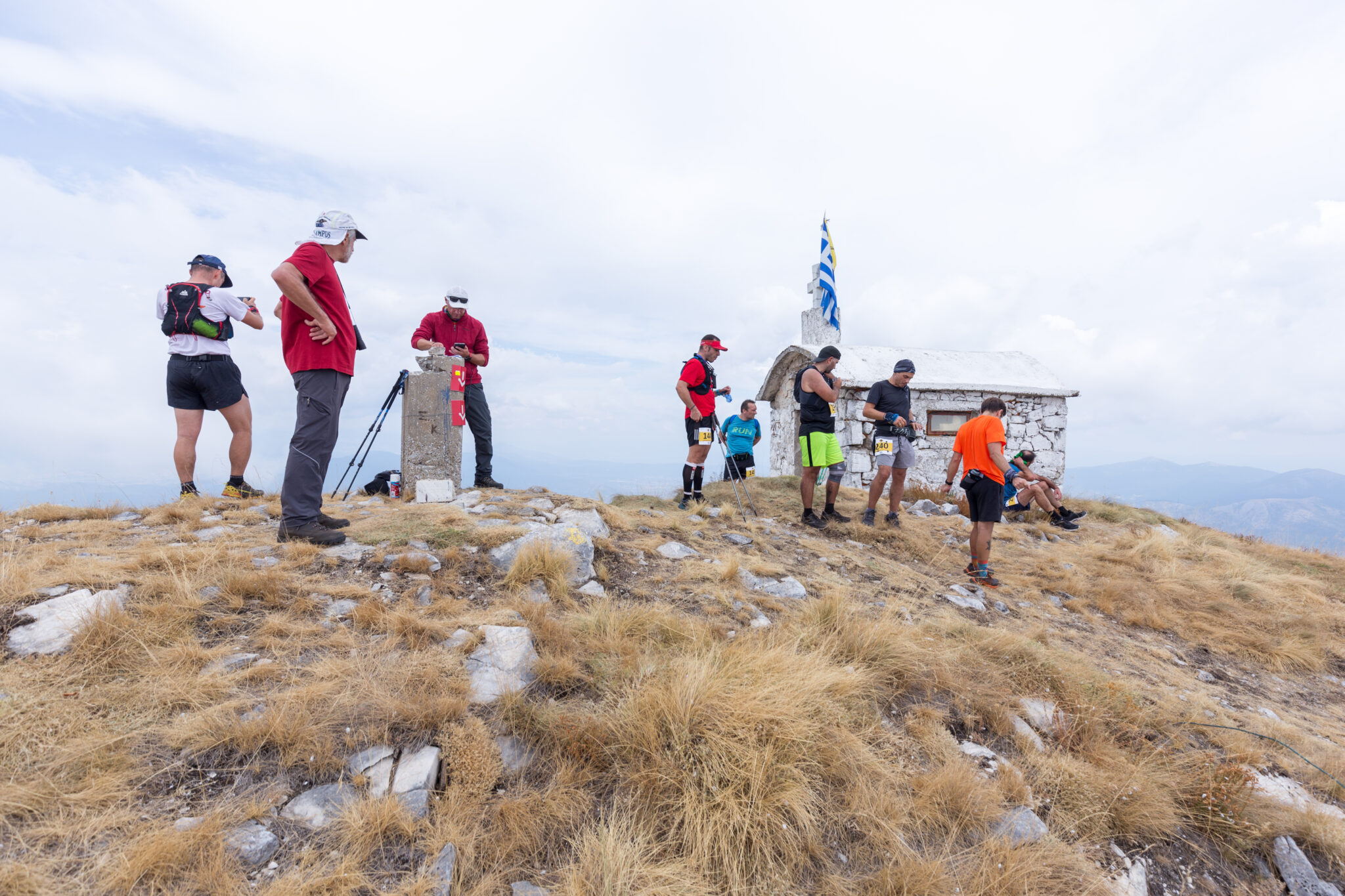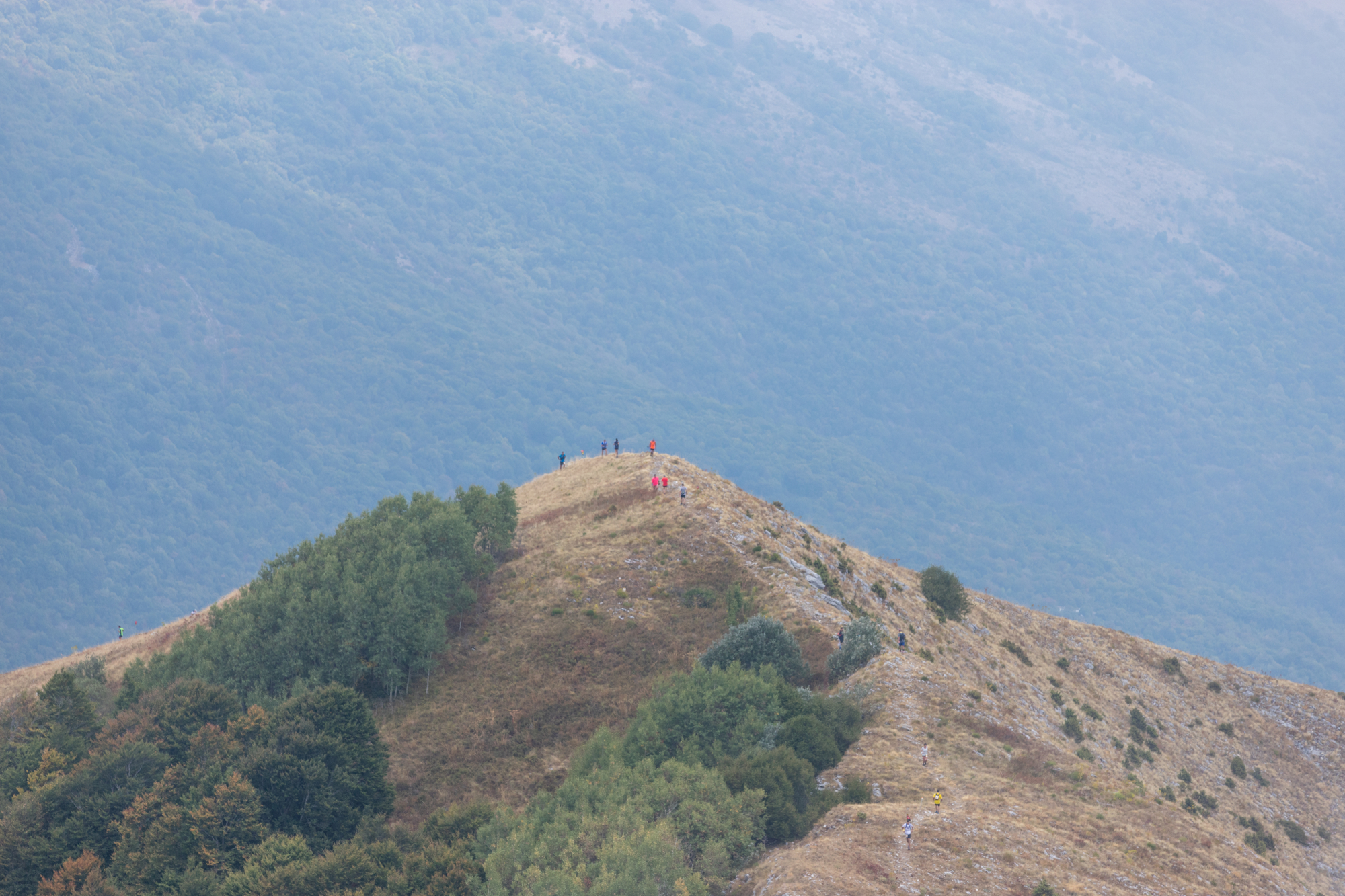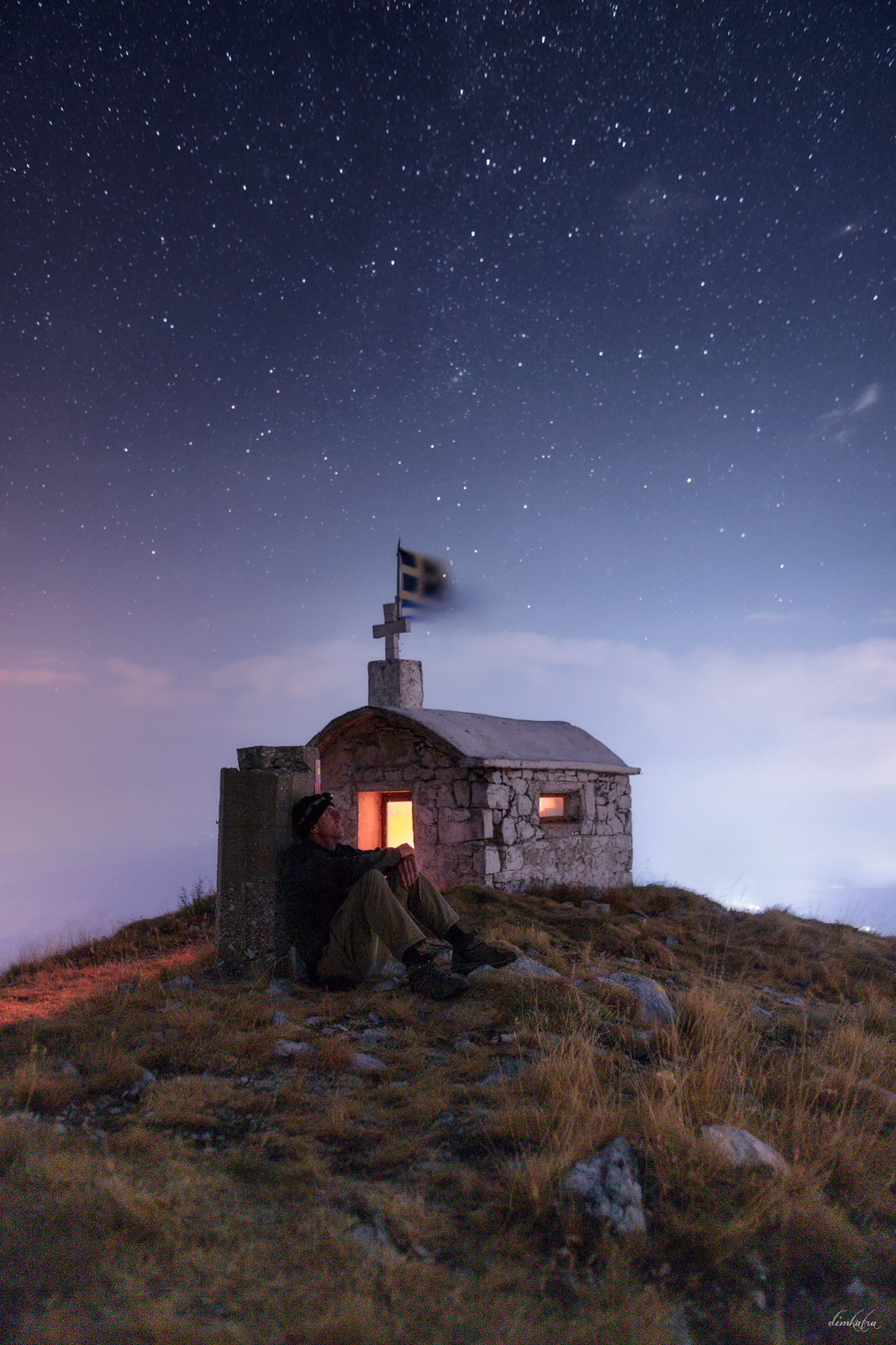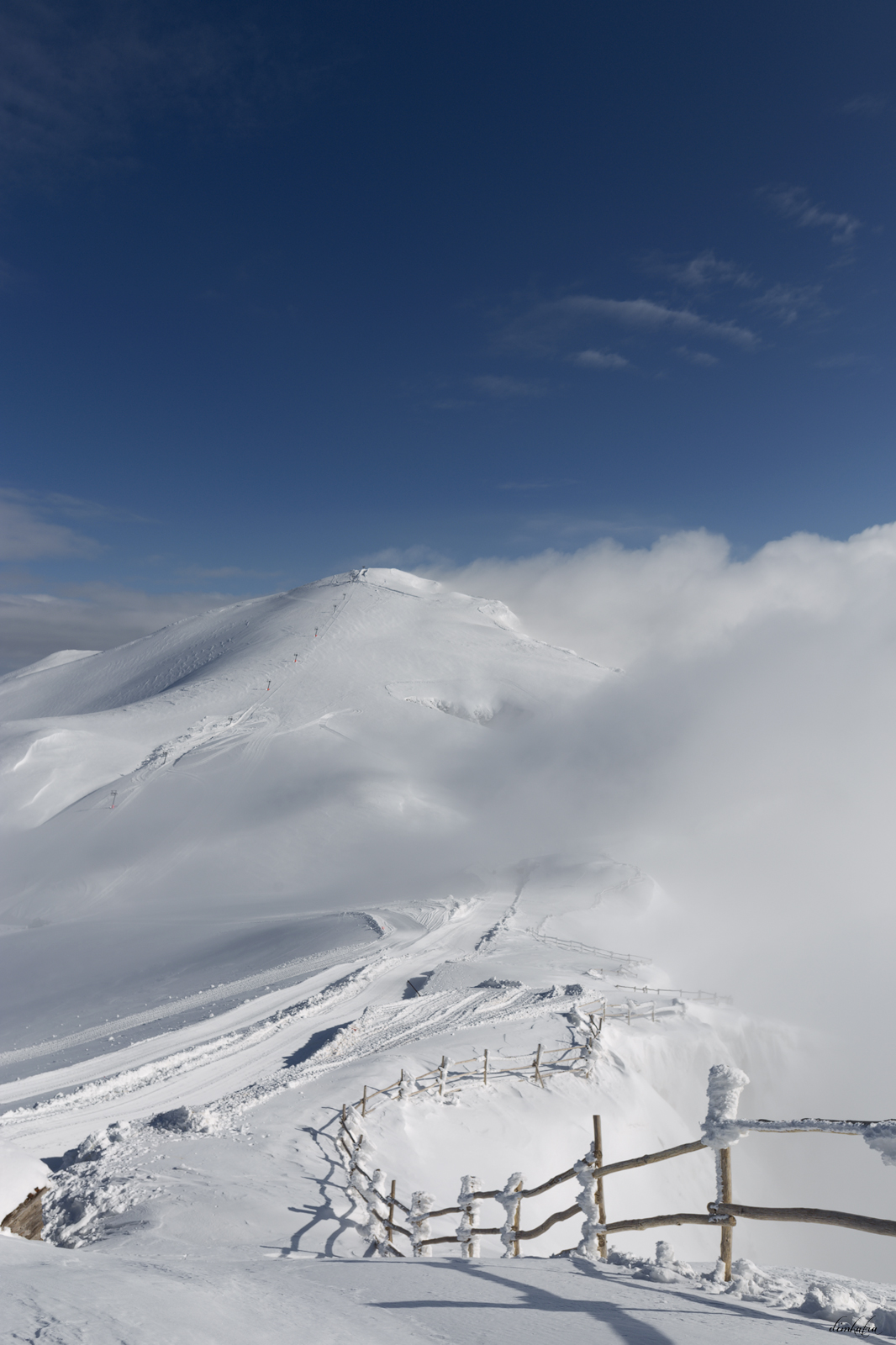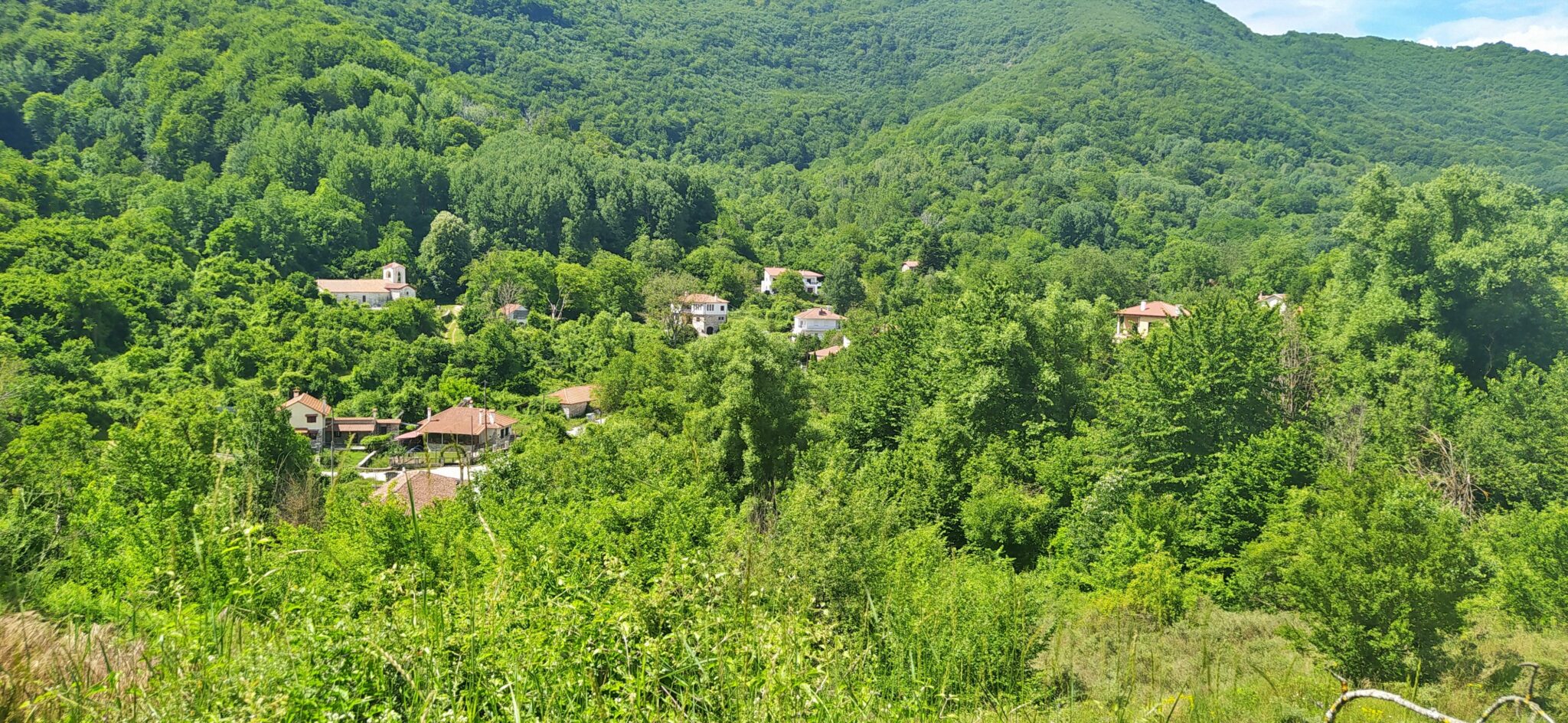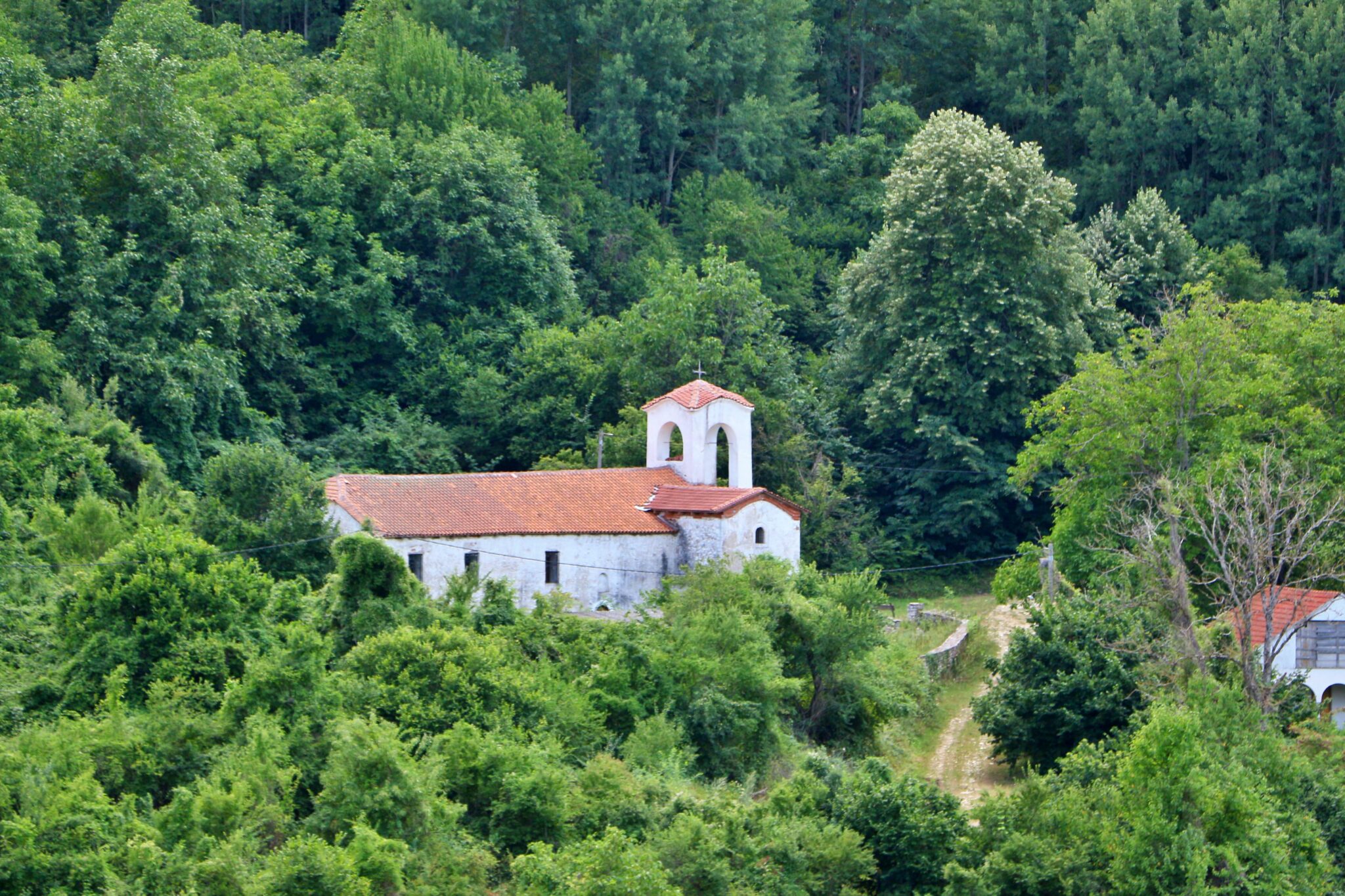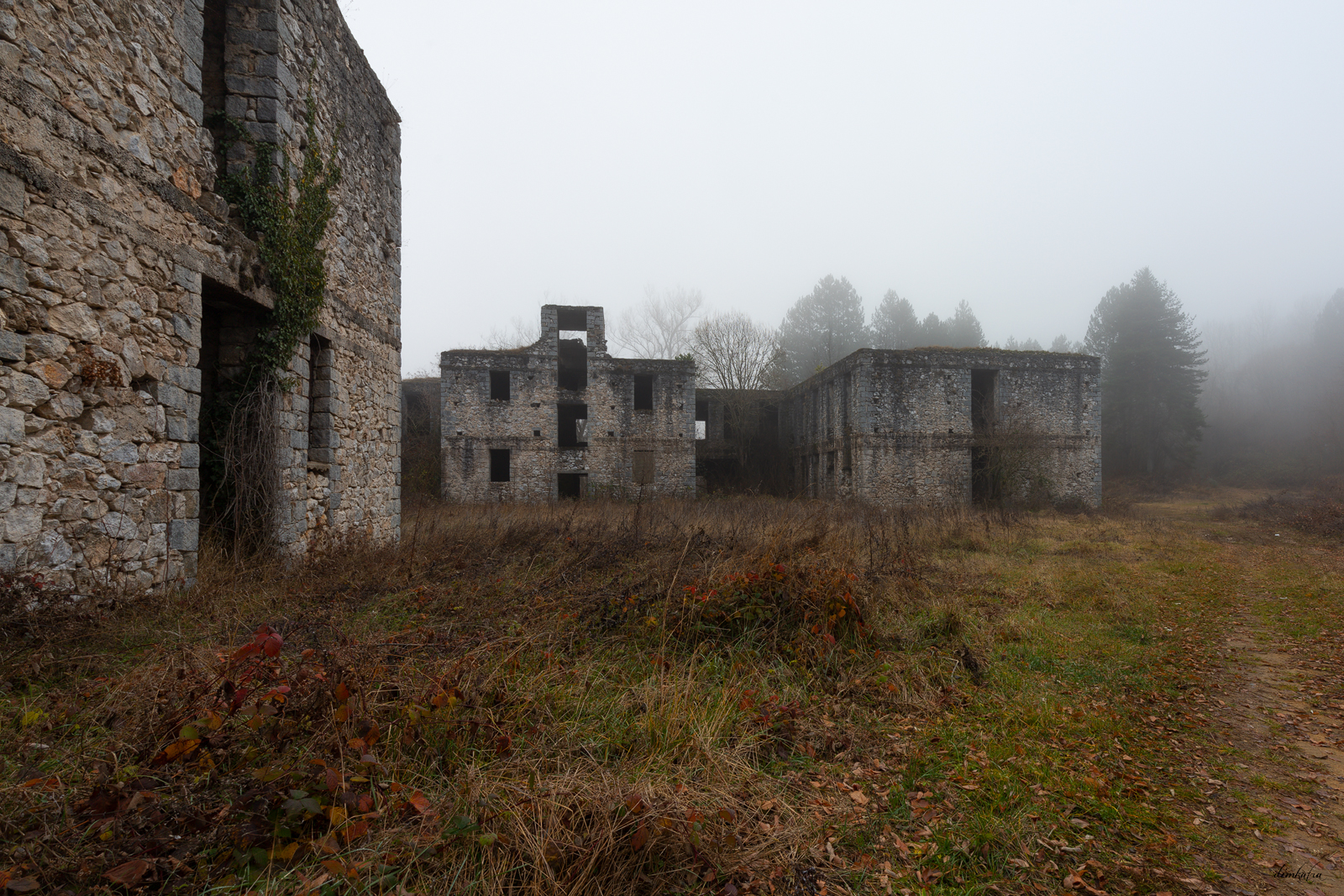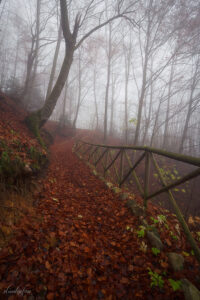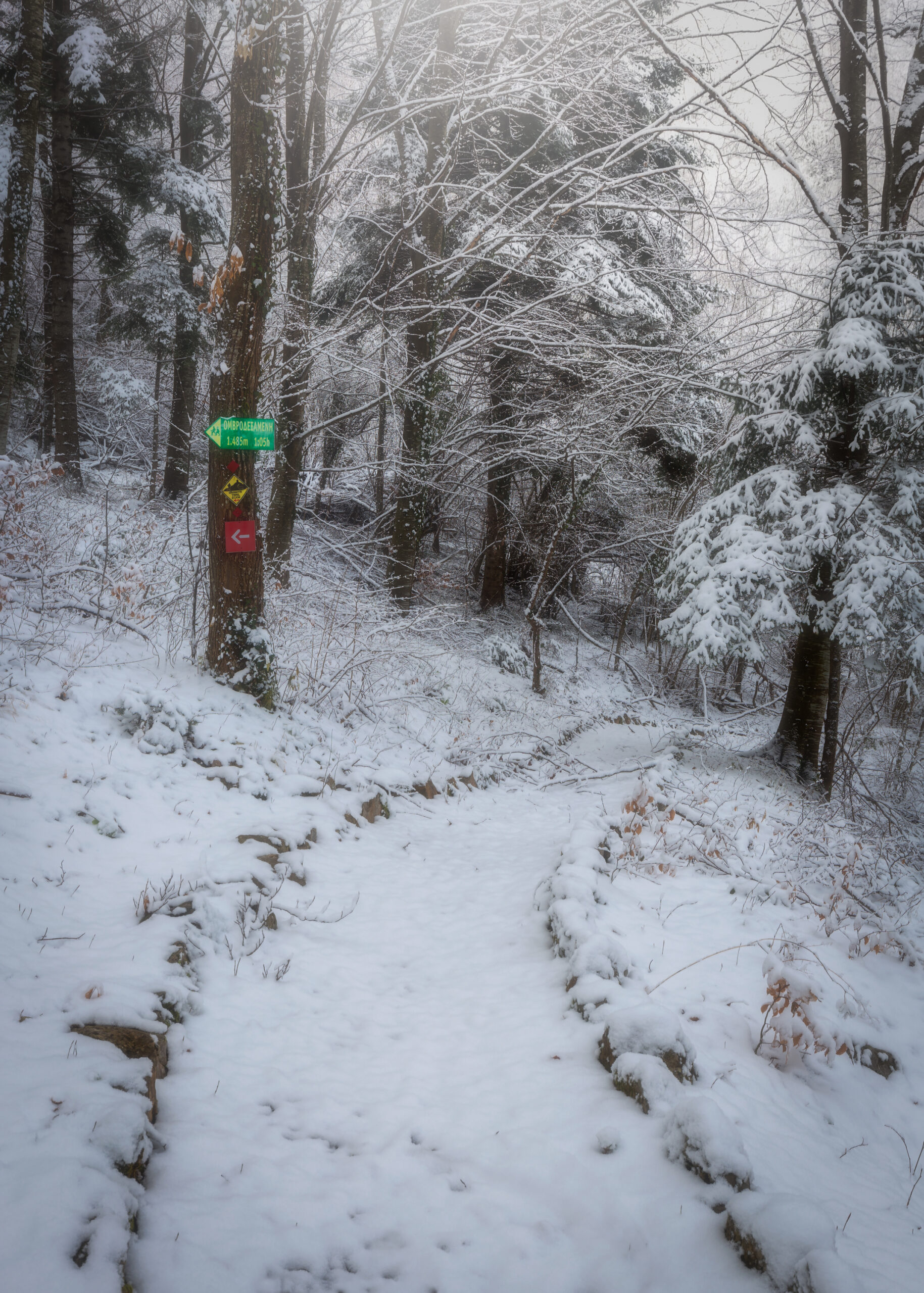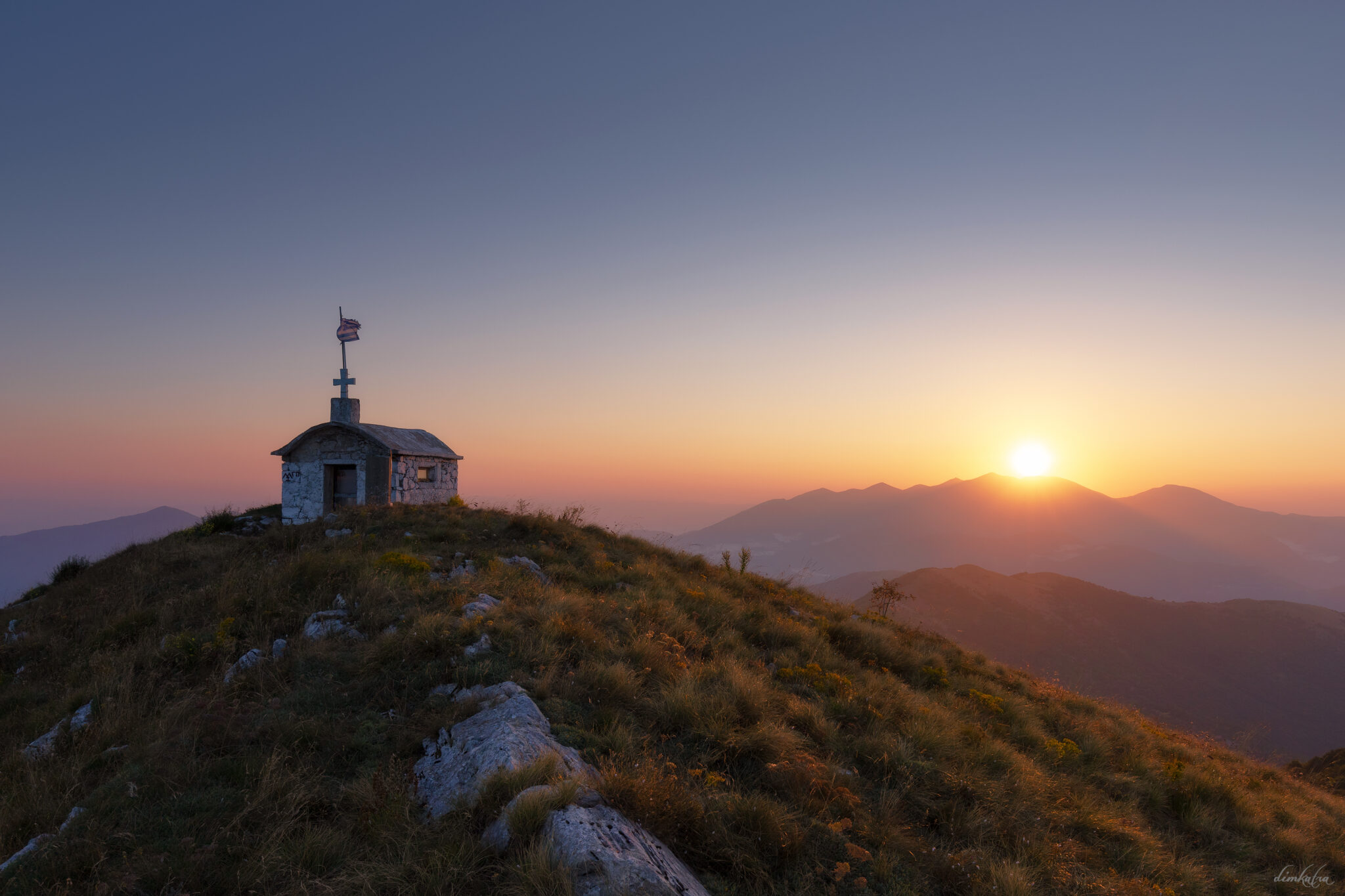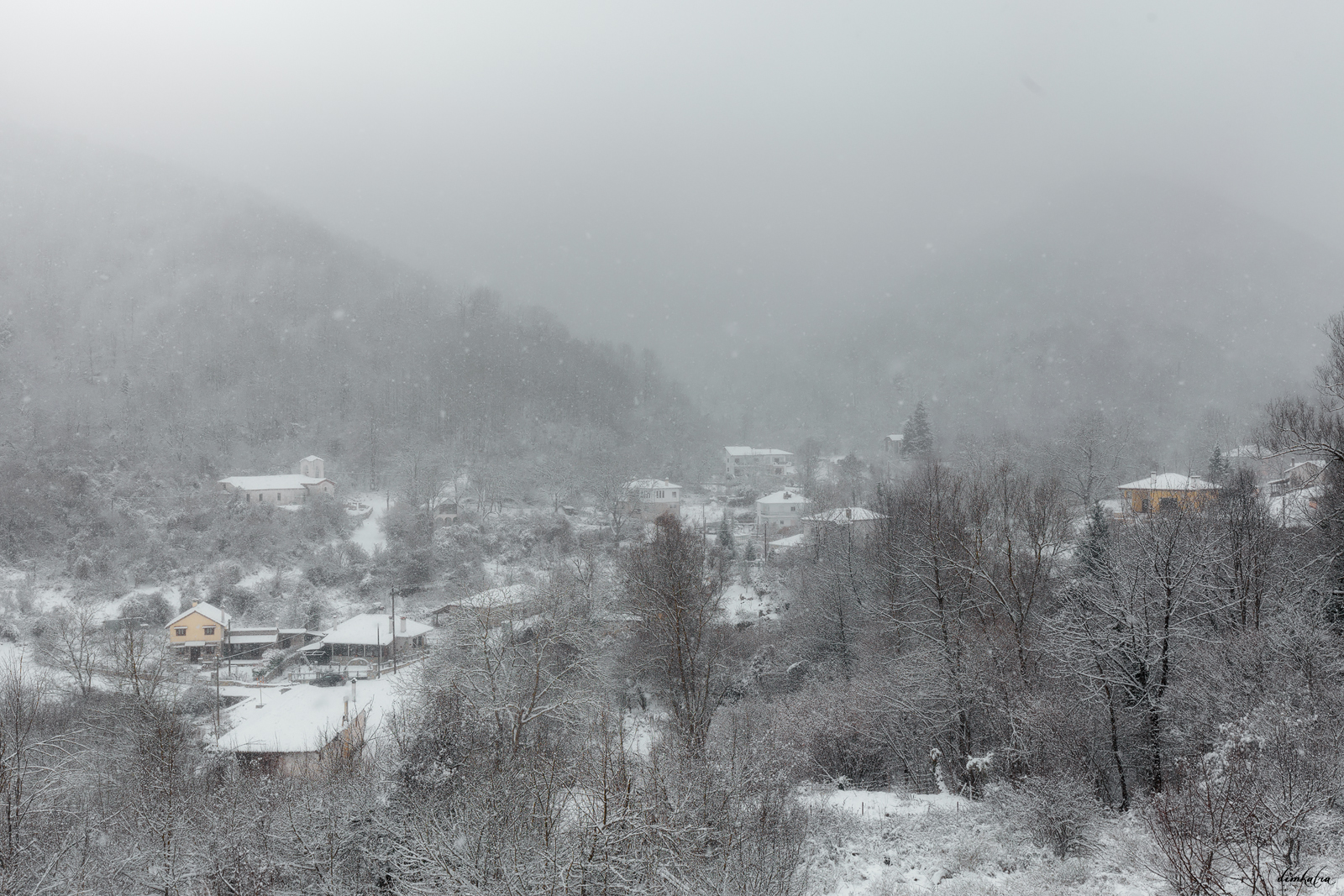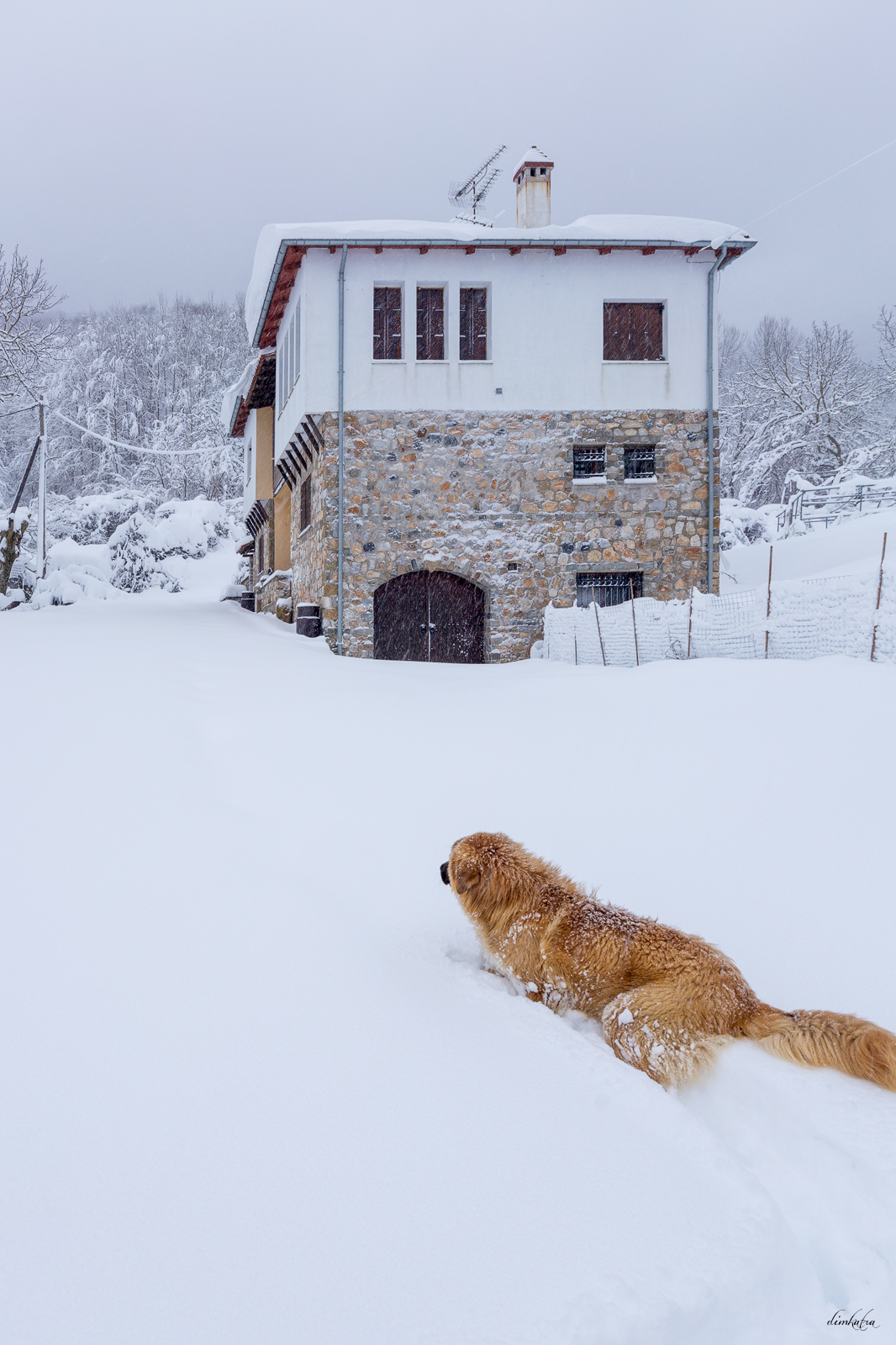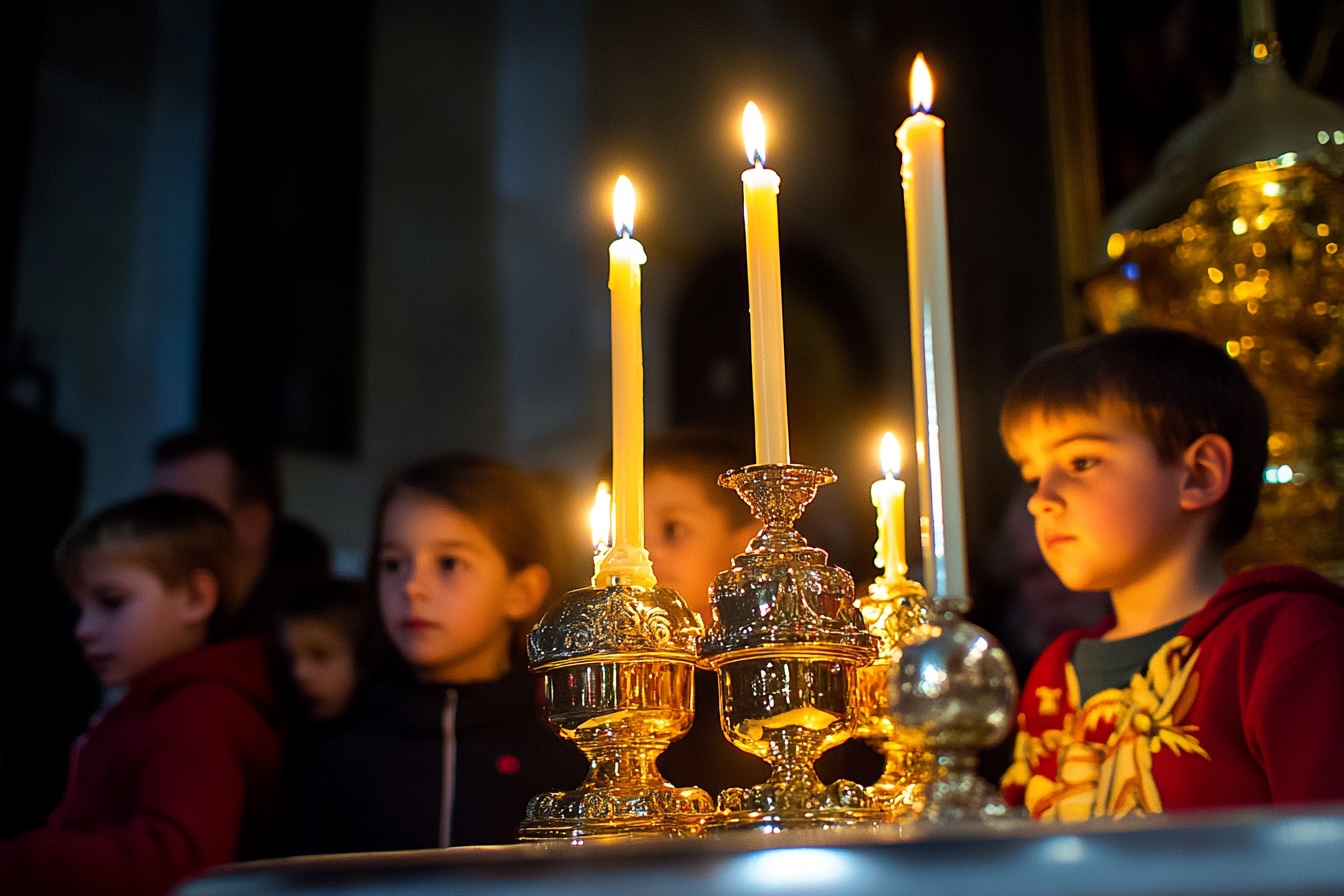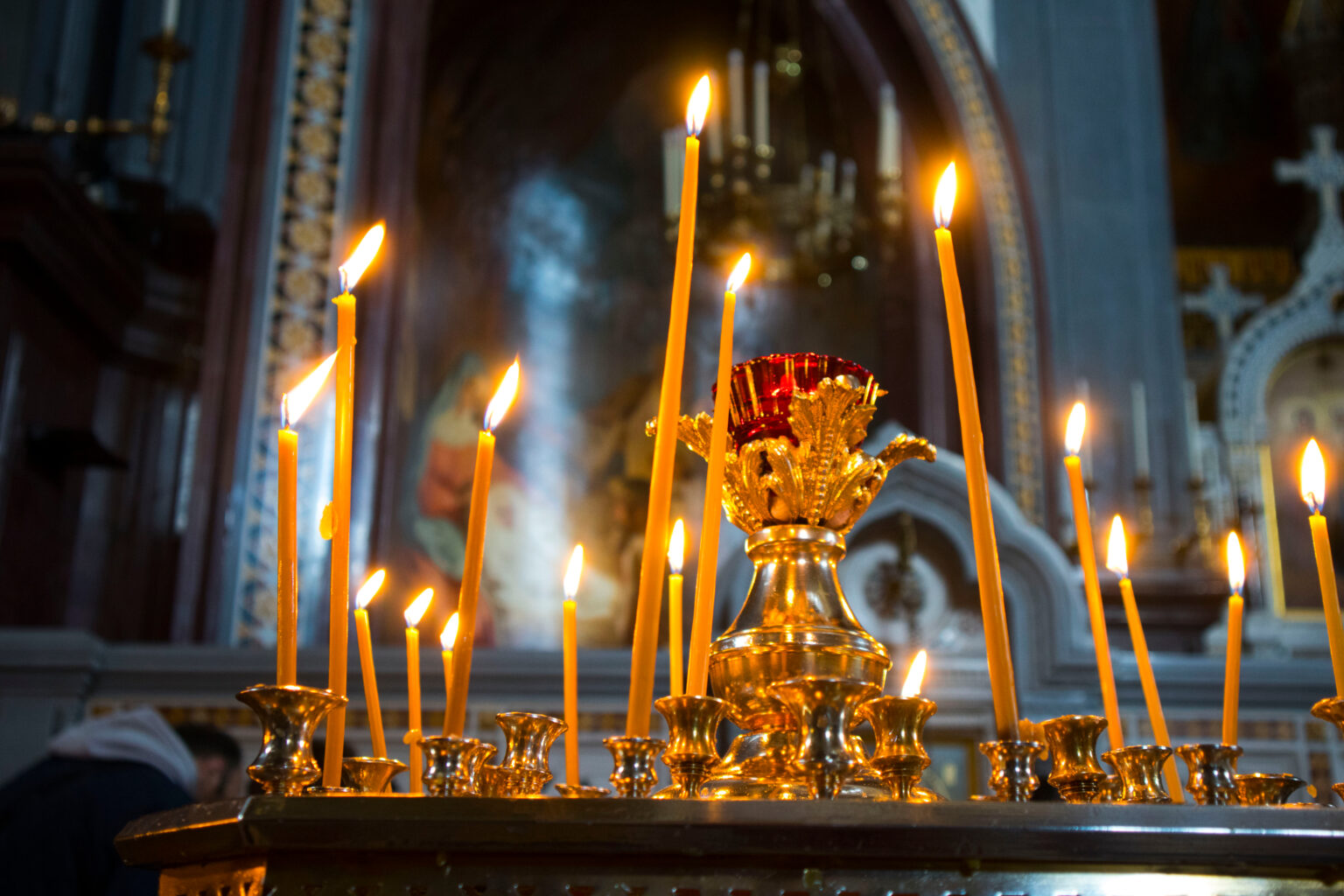It is another one of the small picturesque villages of Greece that often even the map does not mention. But it has managed to become a reference point for those seeking moments of relaxation, walking on structured deep-shaded paths or for those seeking adventure and adrenaline, “conquering” high altitudes and high peaks. The small village of Granitis belongs to the municipality of Kato Nevrokopi in Drama and has evolved from an ordinary “passage” to the top “destination” of the region -if not a hub- for alternative tourism, with an extensive and certified network of 30 km of trails. It is no coincidence that every September the popular mountain running races “Granitis Trail” are organized there, with the participation of hundreds of athletes from Greece and abroad.
With two structured trails, 21 and 9 kilometres respectively, the village is a good choice for those who want to get in touch with nature, its colours and scents. It is ideal for walks and hikes through beech forests or for more extreme activities that require stamina, such as “conquering” high peaks with breath-taking views. Especially when all of the above is combined at the end of the day with traditional dishes in the local taverns, relaxation and a good night’s sleep in the two small but cosy hotels of the village, then all that remains is to simply climb Granitis.
Village within the passage
Starting from the city of Drama, move northwest following the road (EO/57) leading to the Greek-Bulgarian border and the border station of Exohi. The village is about 30 km from Drama and most of the route goes through the picturesque narrow pass that separates the western end of the Falakro mountain range from the rest of it, connecting the mainland with the famous plateau of Kato Nevrokopi.
Quarrying activity is evident on the southern steep and bare slopes of Falakro, as the area is famous worldwide for its excellent quality marble, which is exported to more than 40 countries on all continents. En route you will also see the abandoned bauxite mine, which operated until the 1980s, “choked” by the hills of mining residues that have now become one with the natural environment, which sometimes looks bleak in the fog. About 4 km before Granitis, the road to the right leads to the village of Volakas, which is considered the “heart” of Greek marble, but also to the Ski Centre of Falakro, which has remained closed for the last few years.
The village of Granitis is built amphitheatrically in a lush green environment full of pine and beech trees, changing its appearance depending on the season. The village owes its name to the abundance of granite in the area. Taking the road to the right after the last bend before leaving the village, the misty landscape of Kato Nevrokopi unfolds before you, famous for its low temperatures during the winter, which is why many call it “Greek Siberia”. When not immersed in dense fog, the gaze travels as far as the Greco-Bulgarian border, where Mount Orvilos dominates. Here, in these lands, grow the famous potatoes from Kato Nevrokopi, which star in all local dishes. Before you leave, source some from local producers.
A land steeped in history
During the World War II (1941), fierce German forces tried to enter the country from this point without success, as brave defenders of the forts of the legendary “Metaxa’s Line” – a chain of fortifications along the Greco-Bulgarian border- forced Hitler’s forces to change their initial plans. Northwest of Granitis lie the forts of “Lisse” and “Piramoedes” that halted the intruders before they reached could reach Drama.
Until the mid-1980s the area between Granitis and Exohi was considered a military zone and a special permit was required for entry. In the main square of the village, the military outpost and the poles of the prohibitive barrier that used to divide the area in two, due to the Cold War, are still preserved. In those years Bulgaria was considered the enemy from the north. A lot has changed since then, of course. Bulgarians are no longer blacklisted and only pass through the passages to go to the beach in the summer or to go shopping in Drama or Kavala.
On the picturesque main square of the village with the traditional stone fountain still stand the old local shop and the church of the Holy Archangels Michael and Gabriel.
However, the most beautiful “secrets” of the village lie in the gorge on the right, next to the stream, where the old settlement of Granitis with its charming granite alleys and traditional two-storey houses stretched out before the war. The ground floor of these houses usually hosted a stable and a storeroom, while on the first floor there were rooms for repose. Some of these are still preserved, while others have been left to the ravages of time and are half-demolished.
Boasting an impressive wooden carved iconostasis, the old church of Taxiarches, dating back to 1873, also lies right here. Retaining all its original architectural elements, the house of Vaso, as the locals call it after the name of its owner, is one of the houses of the old settlement that can take you back in time. Right next to it there is an old marble fountain with clean gushing water. Three water mills used to operate in the area in the past, fed by the water from the stream, which flowed all year round, grinding wheat and corn. Today only the ruins of one of them are preserved.
The village has always been known for its excellent climate, which was beneficial for those suffering from tuberculosis. In the early 1930s the construction of a sanatorium began in the forest east of Granitis for the care of patients suffering from the deadly disease of the time. Although the work was well advanced, the project was not completed and of course the sanatorium never opened its doors due to World War II and everything that followed. Today the stone complex is a famous landmark and a favourite subject of the camera, often accompanied by otherworldly stories.
Following the trails
On the hills that line the left side of Granitis, there are two structured trails, which are essentially the routes of the two “Granitis Trail” races that take place every September. There are signs around the village informing about the routes, which boast 4G coverage along their entire length, just in case. The 9 km route is marked “red” and the 21 km route is marked “yellow”. Parts of the paths are paved with gravel, while wooden steps make the ascent or descent safer.
Starting from the church of Taxiarches in the old settlement, follow a south-eastern course, crossing first chestnut and then beech forests, passing through clearings with low vegetation and wildflowers. Both trails are circular and share the first 5km. The view to the village from the chapel of Panagia is unique. Every 15th of August a big feast takes place here which is attended by locals and foreign visitors alike.
After the chapel of Panagia, the 9 km trail continues uphill to the peak in the southwest, reaching an altitude of 1,100 m, when the descent to the village begins, largely on the same route that is perfectly passable and suitable for all levels of endurance.
The 21-kilometre route, however, requires some experience and physical endurance, as the altitude reaches 1,575 metres. The path leads to the col and from there to the ridge. Following a south-eastern course, the altitude, the views and the fresh air will leave you with a unique sense of freedom. Reaching the summit (1775 m) and the picturesque chapel of Agios Pavlos, you will enjoy a stunning 360° view –the best reward for your sweat and effort.
To the east is Mount Falakro, to the north the basin of Kato Nevrokopi and Mount Orvilos, to the south Mount Menoikio and to the southeast the plain of Drama and the hills of Pangaion. Back to Granitis, following a different route through beech forests and clearings this time, passing again by the chapel of Panagia.
Kind and passionate people
The current network of paths is the result of the private initiative of a group of people from Drama, who spent their childhood years in the old Christian camps of the Holy Metropolis of Drama, which existed in the area. The project was initiated years ago by the Forestry Department of Drama and then further developed by private initiative.
Behind the effort to make Granitis a top hiking and mountaineering destination in Greece is Mr Nikos Bourlivas, a freelancer and mountain lover. An active and restless spirit, he has set as his goal –through the GO FOREST consortium he has founded- the inclusion of the trails of the region in the “Green Flag Trails” certification network of the World Network of Trails.
The start has been made. However, a lot of work, perseverance, passion, and of course funds are still needed to make Granitis the second region in Greece – after Kythera – to obtain this important international certification. It should be noted that the initial cost for the certification of the routes was undertaken by the local company RAYCAP S.A., supporting the effort of GO FOREST and its people, who also conduct the “Granitis Trail” mountain running races every September.
In and around the village
In Granitis you will find beautiful, warm hotels and quaint taverns that will satisfy every palate. Apart from alternative activities on the village’s paths, add to your itinerary excursions to the nearby picturesque villages of Volakas and Ochyro.
Volakas (14 km north-east of Granitis) retains its traditional colour, with the characteristic Macedonian architecture. The square of the village is adorned with the bust of the local Macedonian Armen Kouptsios, who was hanged in 1906 by the Turks in Drama. In the village of Ochyro (9 km NW) lies the famous fort “Lisse” of the legendary “Metaxas Line”, which did not fall into the hands of the Germans in 1941 despite the fierce attack. The southernmost section is open to visitors under the responsibility of the municipality of Nevrokopi. A small museum operates in the same area.
Local products of the region, apart from potatoes and beans, include mountain tea, honey, walnuts, etc.
Granitis is a small village, which aspires to become a reference point for hiking and mountaineering tourism in Northern Greece and beyond, driven by the passion and enthusiasm of the locals. And it really deserves it, because of its nature, history and the thrills offered by its amazing routes. A small village with truly wonderful trails.
Info:
- GO FOREST / Nikos Bourlivas, +30 6944621047
- granitistrail.gr
- Dimitrios Katrantzis YouTube



